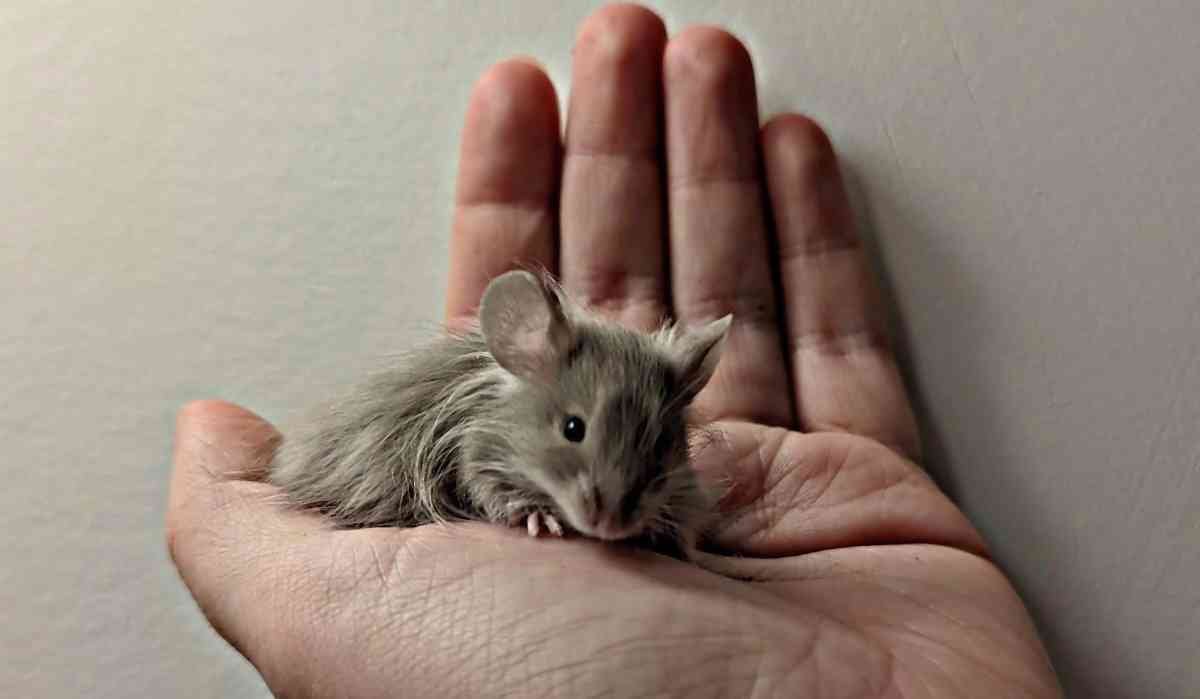While searching the internet for how to catch rats in a bucket of water, you will find countless designs for bucket traps using various materials such as old CDs, toilet paper tubes, water bottles, or even spring-loaded pirate planks. However, most of these designs are better for catching mice and may not be effective for catching rats. Rats are much smarter, bigger, and stronger than mice, so you’ll have to get creative to prevent them from either stealing the bait or escaping from the trap.
How to catch rats in a bucket of water
Capturing rats with a bucket filled with water is a straightforward method for multiple rodents without the need for resetting. But until Scott Rivers‘ idea, a lot of designs are greatly flawed against rats.
Follow these steps to catch rats in a bucket of water:
1. Gather the trap supplies
You will need a wide-mouth bucket larger than 5 gallons because you are dealing with rats and not mice. The idea of using a wide-mouth bucket is to increase the distance from the bait wheel to the trap. To catch a rat with a bucket trap filled with water, you need to use a trap size that is specifically designed for its size. A five-gallon bucket is too small, so you should opt for a larger container that is both wider and taller. This will force the rat to climb onto the can to reach the bait.
You’ll also need a soda can or a pet bottle.
For the lure, you need peanut butter or any other oil-based bait that is effective for luring rats into your home.
Lastly, you need water and planks. In place of or alongside water, you can introduce oil to make it too slippery for big rats to escape.
2. Add water to the bucket
Fill the bucket halfway with water. To ensure that the smart rat cannot jump out of the trap after falling in, make sure the water in the bucket is at least 12 inches deep and that the rim of the bucket is at least two feet above that. Additionally, make sure to cover the bucket with a lid and cut the entrance into the side of the container.
Keep in mind that larger rats can jump, so the water helps to prevent their escape. Roof rats, for example, are extremely agile and can jump as high as 4 feet (about 48 inches).
To effectively trap rats in a water-filled bucket, I would recommend taking a large open glass container such as a vase or cookie jar and filling it with approximately half a gallon of old, smelly cooking oil. Leave about 2 to 3 inches of space from the top. Next, create a timber ramp from the ground to the top of the glass container. The rats will fall into the container but won’t be able to escape due to the slick oil and smooth glass sides. This method is guaranteed to work and will continue to be effective over time.
3. Slide a soda can onto the dowel rod
Make two holes on opposite sides of the bucket, approximately half an inch below the rim. Ensure that the diameter of the holes is slightly larger than the diameter of the wire selected.
Cut two notches at the top of the bucket and insert a dowel rod across the middle of the opening.
Then, slide a soda can onto the dowel rod, positioning it in the center of the bucket top.
Use an ice pick or drill to make a hole in the center of the can lid. If you want to save the liquid, turn the can upside down and drill another hole in the bottom of the can a few inches into the container. This will create ventilation and allow the contents to drain out in a matter of minutes.
4. Coat the can with peanut butter
Coat the surface of the can with a small amount of peanut butter, making sure to cover it completely. Ensure that both the soda can and the dowel rod can turn freely.
The idea is that when a rat makes its way up the ramp to reach the bait, it will jump onto the can, slip off, and eventually drown.
5. Attach a boarding ramp
Attach a board ramp, approximately 3 feet long, to the outside of the bucket at the point where the dowel rod is laying on one of the notches.
When the rats smell the peanut butter, they will climb up the board ramp and attempt to eat it off the soda can. As the rats climb onto the can, the soda can and dowel rod will turn, causing the rat to fall into the bucket. With 6-8 inches of water in the bucket, the rats will drown.
6. Place the trap and wait
Pick the location where rats frequent and place the bucket trap there. Place one board across the center of the bucket’s top and use the other board to create a ramp leading up to it.
Allow the trap to remain in place overnight and wait for a successful catch. It may take several nights of setting the trap before the pests become accustomed to its presence.
Inspect the trap daily and remove any trapped pests. Keep in mind that they will eventually drown in the water as they tire from swimming.
So, back to Scott Rivers’ idea, take a look at these pictures to know exactly what your bucket rat trap should be looking like. Besides, according to Rivers’ earlier comment, “… a picture is worth 1,000 words.”
The picture below by Rivers is the typical bucket trap people design to catch rodents but it is not very effective against larger rodents like rats.

Here’s why. The rat in the picture below will easily escape the bucket trap after licking all the peanut butter off it. In fact, if it falls inside the bucket, chances are that it will get out EASILY.

Now, the idea of bucket trap being preached in this guide is:

Look how the can is installed midway, giving rats little to no chance of escaping. You could slightly coat the remaining upward area of the bucket with scentless oil to make it even tougher for trapped rats to escape.
Thanks, Scott!
A note on hygiene
It’s important to avoid direct contact with dead rats and to wash your hands thoroughly after handling rat traps.
Conclusion
The design of this setup to catch rats in a bucket of water is brilliant in theory. It enables the capture of multiple rats without the need to constantly rebait or reset the trap, allowing for a set-it-and-forget-it approach. Remember that you may need a larger bucket unless you are dealing with smaller rats for it to be effective. Rats are clever enough to avoid getting caught and will happily feast on your peanut butter all night. Even if they do fall into the trap, they can usually jump out 99% of the time if it’s too small for their size.





